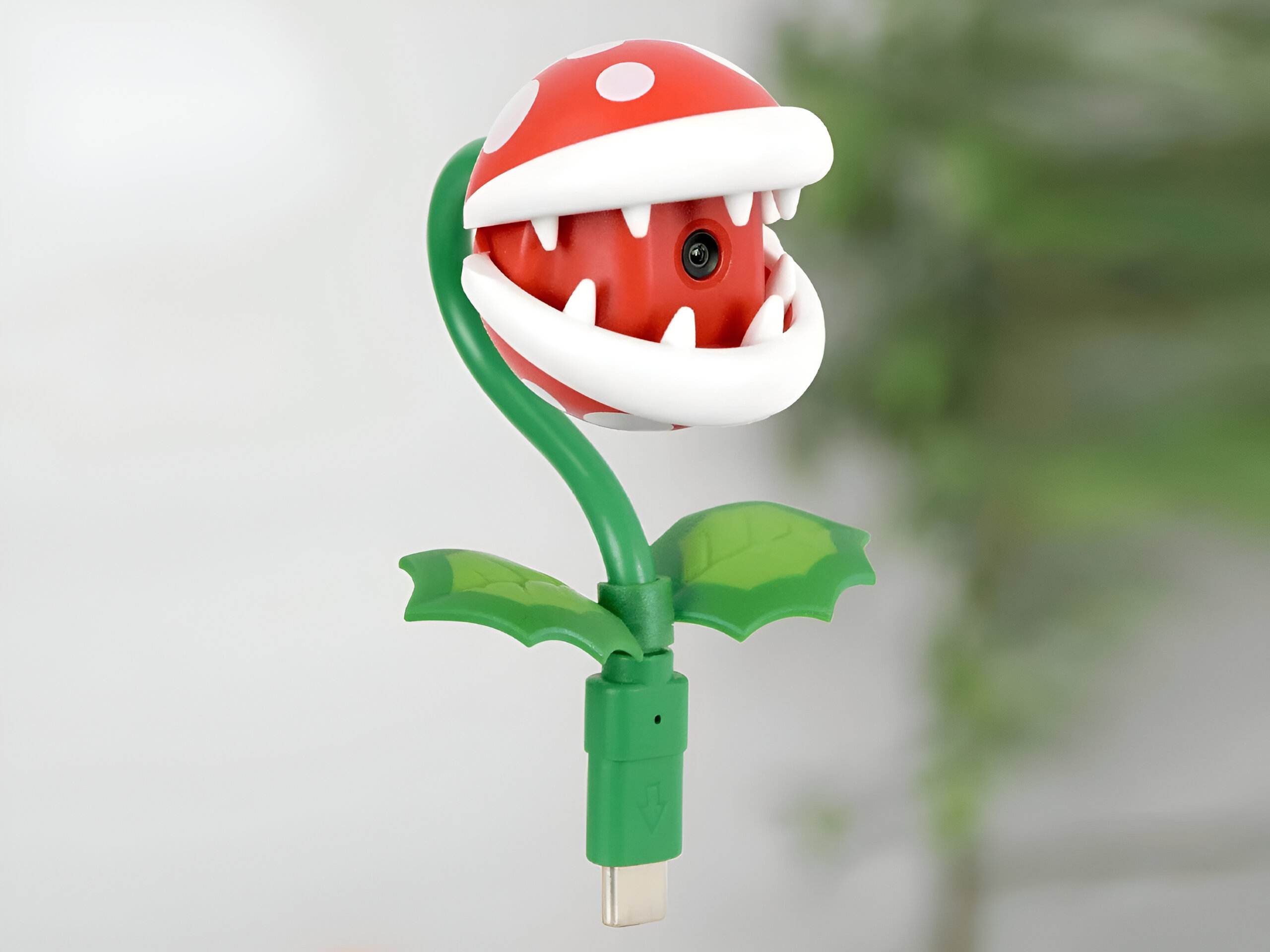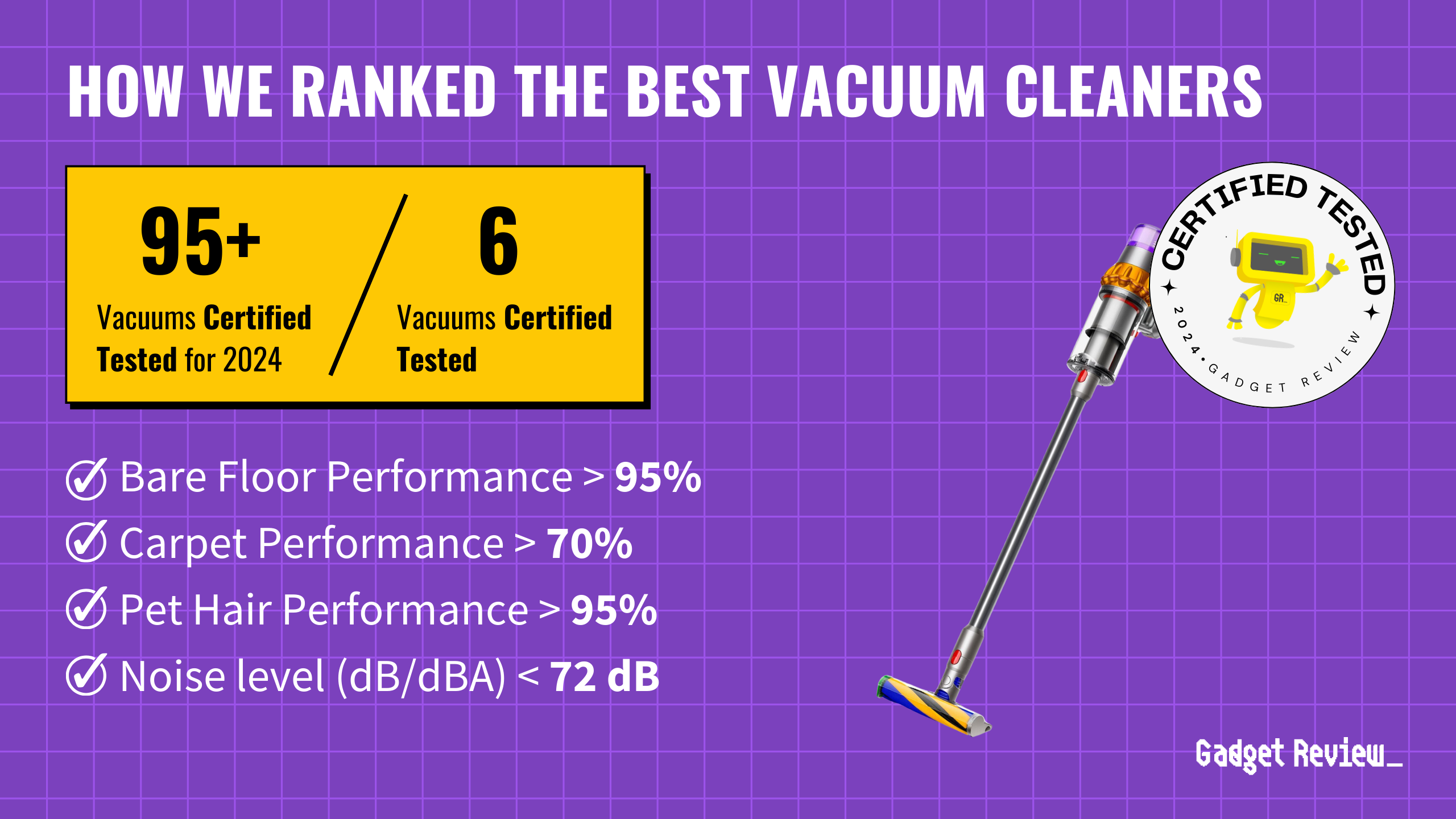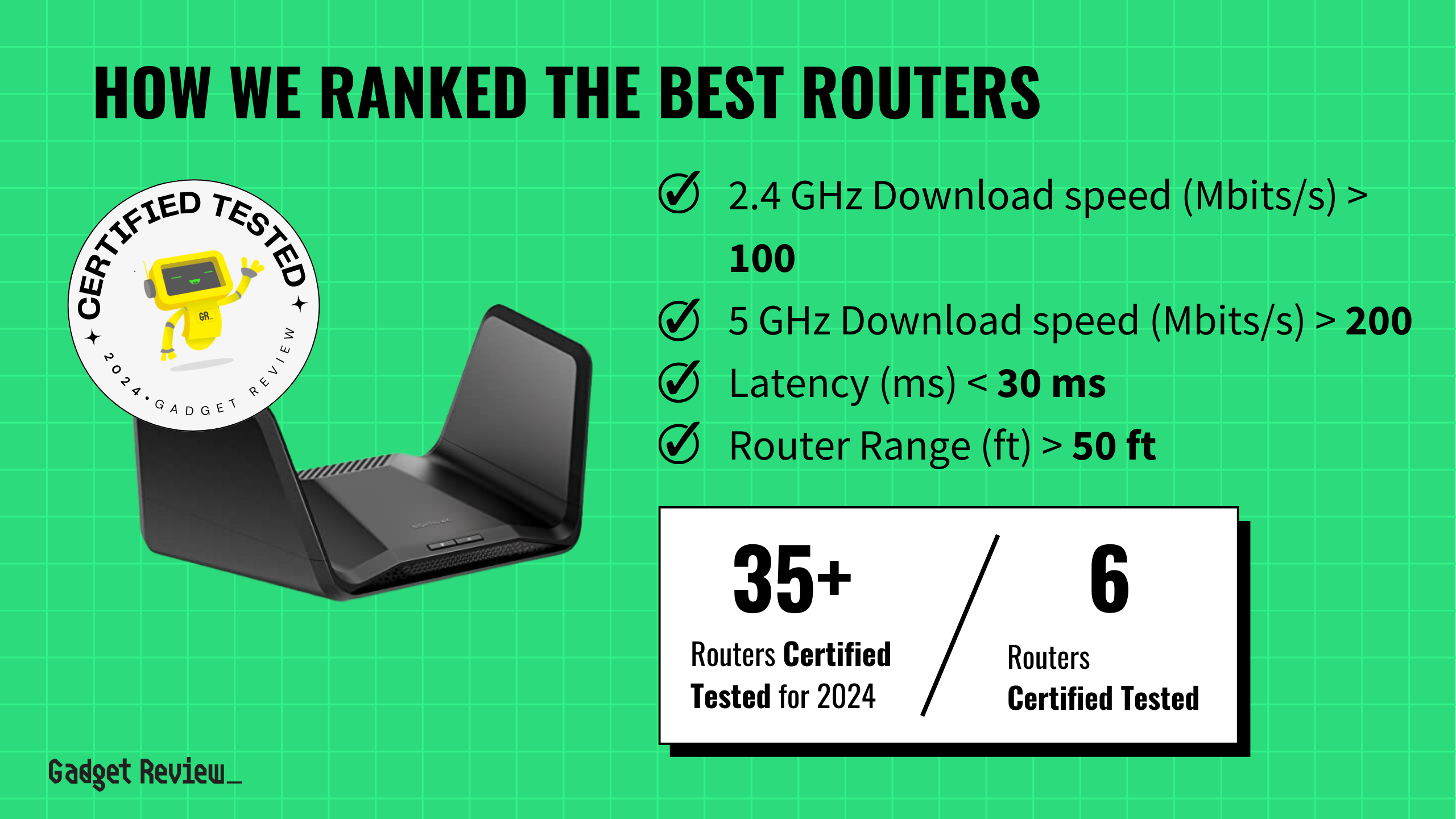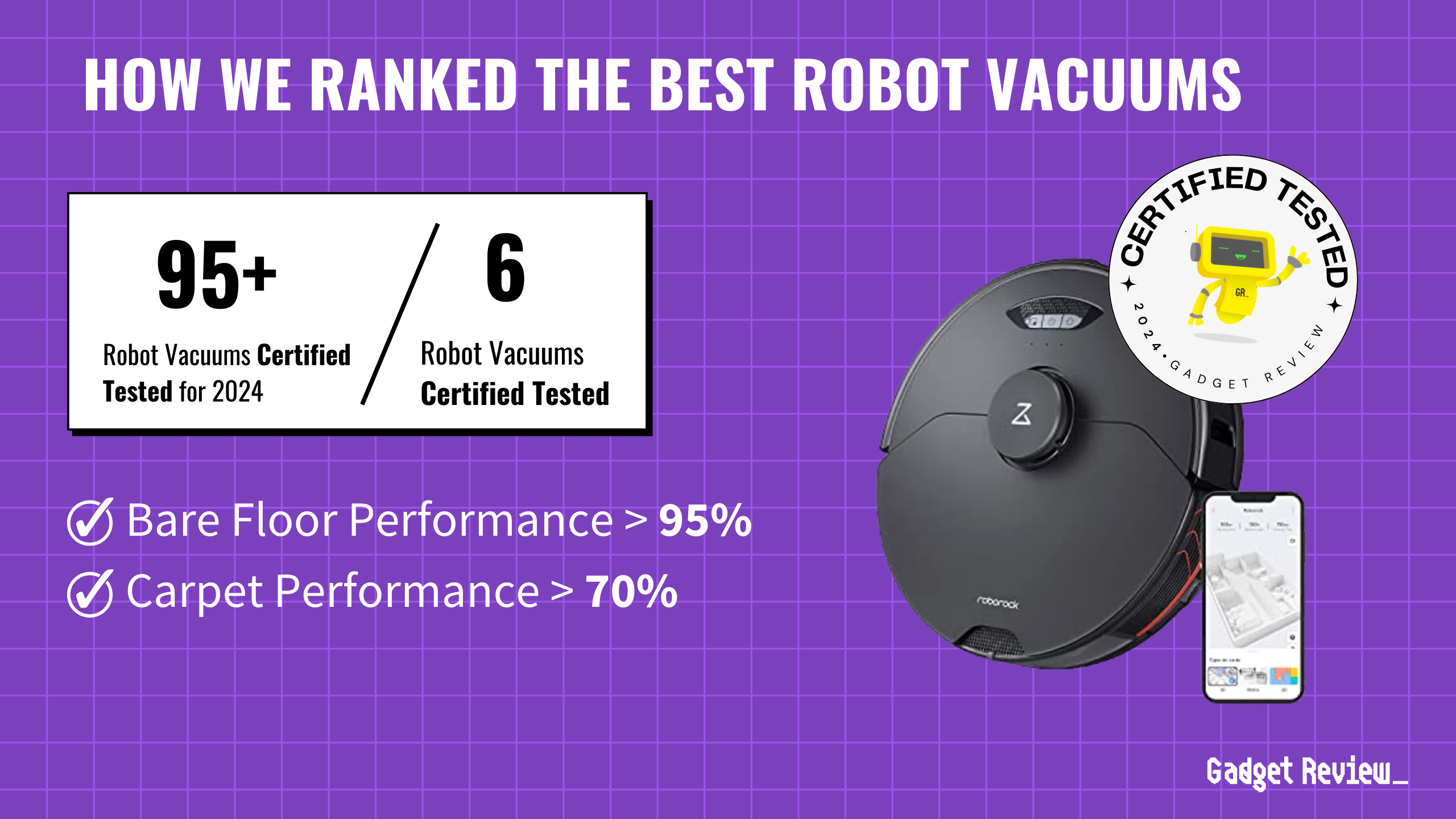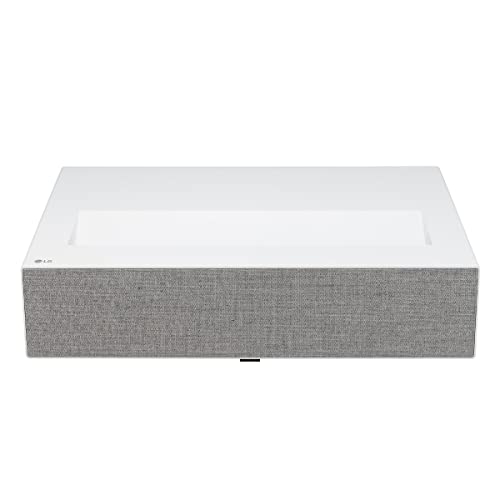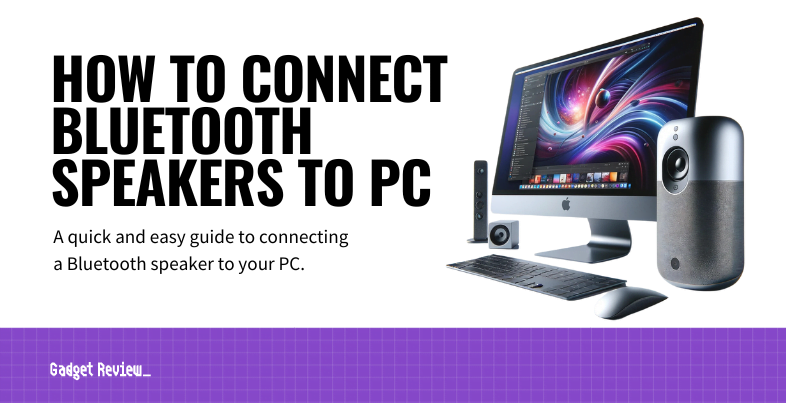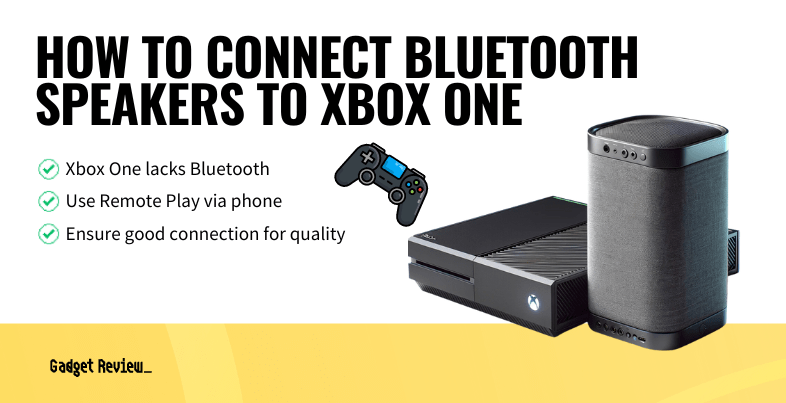OLED TVs are often heralded as the gold standard in television technology, but they might not be the best choice for everyone. Despite their impressive picture quality, there are several drawbacks, caveats, and market forces that could make OLED TVs less appealing for some consumers. Here’s why you might want to think twice before investing in one.
Key Takeaways
- Burn-In Risk and Longevity Concerns: OLED TVs are susceptible to burn-in and wear over time, which can lead to permanent discoloration, color shifts, and reduced brightness. Manufacturers include features like Pixel Refresher and Pixel Shift to mitigate these issues, but the risk remains, especially for users who display static images for prolonged periods.
- Price and Brightness Limitations: While OLED TVs are becoming more affordable, they still come at a premium compared to LED counterparts. Additionally, OLEDs often fall short in brightness, making them less suitable for well-lit rooms. LED and QLED TVs, particularly those with mini-LED technology, offer higher peak brightness levels and can be a better option for bright environments.
- Ideal Usage Scenarios: OLED TVs excel in dark room settings, providing deep blacks and vibrant colors, making them ideal for watching films. They are also great for gaming due to their fast response times and low input lag, though users should manage static elements to avoid burn-in. However, for bright rooms, frequent news watching, or background TV usage, OLEDs might not be the best choice due to their brightness limitations and burn-in risks.
1. Burn-In Issues and Longevity

One of the most significant concerns with OLED TVs is the risk of burn-in. Burn-in occurs when static images are displayed for prolonged periods, causing permanent discoloration on the screen. This is especially problematic for users who watch a lot of news channels, play video games with static HUDs, or use their TV as a computer monitor. Additionally, OLED panels are more susceptible to wear and tear compared to traditional LED panels. The organic materials used in OLED technology can degrade over time, potentially leading to color shifts and reduced brightness.
While there’s no specific number of hours that guarantees degradation, manufacturers have introduced various image retention prevention measures to prolong the lifespan of their TVs:
LG OLED TVs
LG OLED TVs, like the popular LG C3 OLED TV, come with a variety of built-in features to prevent image retention. These include automatic luminance adjustments for static logos and a Pixel Refresher function that runs when the TV is turned off after four hours of cumulative use. Pixel Refresher helps maintain pixel health by scanning and refreshing the TV’s pixels and can also be activated manually if burn-in is detected. Additionally, LG employs Screen Shift, which subtly moves the picture to prevent static image retention.
Samsung OLED TVs
Samsung’s OLED offerings, such as the S95C and S90C, incorporate similar preventative features. They include Adjust Logo Brightness, which dims static logos, and Pixel Shift, which moves the picture slightly over time. Samsung also has a Pixel Refresher function that can be set to run automatically or manually through the Panel Care settings menu.
Sony OLED TVs
Sony OLED TVs, like the A95L, offer their version of Pixel Refresher called Panel Refresh, which operates similarly to LG’s and Samsung’s systems. It runs automatically after prolonged use or can be manually initiated. Sony also includes a Pixel Shift function to help prevent image retention.
2. Price, Price, Price
OLED TVs traditionally come with a hefty price tag compared to their LED counterparts, but prices are coming down. While it’s still challenging to find a budget OLED TV, they are more affordable than ever due to increased competition and a wider range of options within each brand. For those on a tight budget, high-quality LED TVs are a viable alternative, but it’s essential to avoid edge-lit models, as recent tests by Rtings show these can fail quickly with excessive use.
3. Limited Brightness

Sure, OLED TVs excel in deep inky blacks and vibrant colors, but they often fall short in terms of brightness. This can be a significant drawback in well-lit rooms where ambient light can wash out the picture. LED and QLED TVs typically offer much higher peak brightness levels, making them better suited for bright environments. If you watch TV during the day or in a room with lots of natural light, an OLED TV might not provide the best viewing experience.
4. Long Term Video Game Affects
While OLED TVs are praised for their fast response times and low input lag, making them a favorite among gamers, they also come with potential downsides. Burn-in risk is a major concern for gamers who play titles with static elements like health bars or minimaps. However, there are ways to combat this:
- Turn off HUDs and Static Elements: Adjust game settings to hide or reduce static on-screen elements.
- Pixel Shift Technology: Brands include pixel shift features that subtly move the image to prevent burn-in.
- Take Breaks: Regularly taking breaks while gaming and switching to different content can help avoid prolonged display of static images.
Additionally, the limited brightness of OLEDs can impact HDR gaming, where peak brightness is crucial for the best visual experience.
5. Cheaper Alternatives with Comparable Picture

The TV market is constantly evolving, with new technologies and improvements emerging regularly. While OLED was once the clear leader in display technology, competitors like QLED and mini-LED are catching up quickly. These alternatives offer many of the benefits of OLED, such as excellent contrast and color performance, but with fewer drawbacks like burn-in and limited brightness. As these technologies continue to advance, the gap between OLED and its competitors is narrowing, making OLED less of a clear-cut choice.
Final Thoughts
OLED TVs are great for certain uses, especially in dark rooms or settings where their deep blacks and vibrant colors can truly shine. While they are improving in brightness, they still lag behind their LED counterparts, particularly mini-LEDs.
For gamers, OLEDs offer excellent performance if managed carefully to avoid burn-in. They are also the best for watching films, delivering a cinematic experience with unparalleled color accuracy and contrast. However, if you plan to use the TV in a bright room, frequently watch channels with static elements like news tickers, or often leave your TV on as background noise, an OLED might not be the best choice due to the higher risk of burn-in and lower peak brightness levels. It’s crucial to consider these factors and your specific viewing habits before opting for an OLED TV.
Gadget Review is known for its True Score, the web’s most accurate product quality rating. The True Score blends expert reviews and human assessed Trust Ratings with customer feedback, underpinned by a sophisticated AI tool. This tool utilizes advanced machine learning algorithms and Bayesian models to analyze and synthesize data, ensuring accurate, unbiased, and comprehensive scoring. You can read more about it here.








